This article was medically reviewed by Janice Litza, MD. Dr. Litza is a board certified Family Medicine Physician in Wisconsin. She is a practicing Physician and taught as a Clinical Professor for 13 years, after receiving her MD from the University of Wisconsin-Madison School of Medicine and Public Health in 1998.
There are 21 references cited in this article, which can be found at the bottom of the page.
This article has been viewed 26,499 times.
If you are having tremors, you obviously want them to stop. It's a good idea to go see your doctor first, so they can figure out what's causing them. The doctor may put you on a prescription medication to slow down your tremors if you're diagnosed with essential tremors or another tremor disorder. Alternatively, if they determine you have Parkinson's, they may put you on medications designed to specifically help with this disease.
Steps
Treating Essential Tremor and Other Disorders
-
1Take beta blockers. These medications are typically used for high blood pressure. However, they can also provide relief from tremors. Beta blockers aren't for everyone, so talk to your doctor to see if they're right for you.[1]
- You shouldn't take beta blockers if you have some heart problems or asthma.
- How exactly beta blockers work to treat seizures is unknown, but doctors suspect it works by blocking small sense organs known as spindles that keep track of the movement of your muscles.
- Keep in mind that all of these drugs need to be prescribed by your doctor. They may start you on a very low dose and monitor your blood pressure. This is for your safety, to make sure your blood pressure doesn't drop too low. Take your medications only as prescribed.
-
2Try anti-seizure medications. Some anti-seizure medications can help with tremors, such as gabapentin and topiramate. Typically, you're only prescribed this type of medication after trying beta blockers or if you can't take beta blockers. Only some anti-seizure medications will help, though, as others actually cause tremors.[2]Advertisement
-
3Discuss tranquilizers if you have anxiety issues. If you have anxiety and it makes your tremors worse, tranquilizers may be an option for you. Typically, alprazolam and clonazepam are the first choices. These drugs can make you make you feel tired, and they can be habit-forming.[6]
-
4Try botulinum toxin (Botox) injections. This treatment is ideal for head tremors, specifically, and can help with tremors at 3-month increments. It can provide relief from tremors elsewhere, but it can cause muscle weakness. It can also make it difficult to swallow or create hoarseness when applied to the throat.[7]
Managing Parkinson's Tremors
-
1Take levodopa. Parkinson's causes a lack of dopamine, so most medications are aimed at fixing that problem. Levodopa, which has been around since the 1960s, is used by your brain to make dopamine.[8]
- Typically, levodopa is combined with carbidopa. Carbidopa is important because it lessens the side effects of levodopa, such as nausea. It also helps deliver more of the levodopa to the brain instead of it being converted in the bloodstream. That means you can take a lower dosage.
- You'll usually start with a pill, but this medication can also be given as an infusion through a feeding tube if the disease is more advanced.[9] A typical beginning dose is 250 milligrams 2 to 4 times a day.[10]
-
2Try dopamine agonists. These medications act similarly to dopamine. Because they aren't actually dopamine, they don't work quite as well as levodopa. However, they stay in your system for longer periods. Plus, the levodopa-carbidopa has a tendency to suddenly stop and start working at will, so these medications can help provide relief when the other drug stops working.[11]
- Typical medications in this category include pramipexole, ropinirole, rotigotine, and apomorphine. Rotigotine is often in patch form, while apomorphine is given through injection.
- The side effects of this medication can change your behavior. You may find yourself behaving compulsively when it comes to things like having sex, drinking, and gambling. You may also be sleepy or have hallucinations.
-
3Use amantadine. This medication was originally a flu treatment in the 1960s, but researchers found that it also helps with Parkinson's tremors. Often, you'll take this medication in conjunction with levodopa, as amantadine isn't as effective as levodopa but it can provide additional help.[12]
-
4Try medications that reduce the breakdown of dopamine. Other drugs help you keep dopamine in your system. MAO-B inhibitors, such as selegiline or rasagiline, work by slowing down the brain enzyme monoamine oxidase B. Catechol-O-methyltransferase (COMT) inhibitors, such as entacapone, work similarly, but they block a different enzyme that breaks down dopamine.[13]
- MAO-B inhibitors increase your chances of having hallucinations when taken with levodopa.
-
5Take about anticholinergic medications. These medications have been used to treat Parkinson's since the early 1900s. They primarily help with tremor and no other symptoms of Parkinson's.
- Common side effects include hallucinations, blurry vision, dry mouth, and trouble with short-term memory loss.
-
6Discuss deep brain stimulation. This surgery is generally a last resort for tremors of any kind, whether from Parkinson's or another disease. Basically, a pacemaker type device is implanted in your chest. It's connected to a small probe in the part of the brain called the thalamus. It uses electrical pulses to help control your tremors. The electrical pulses are not painful.[14]
- It's a last result because doctors do not want to mess with your brain surgically if they don't have to. It can cause issues with your speech of motor control, as well as muscle weakness and headaches. However, side effects will generally disappear after a period of time.
Making Lifestyle Adjustments
-
1Skip caffeine. Stimulants like caffeine can make your symptoms worse, so if you're having tremors, it's best to skip caffeine altogether. Avoid drinks that have caffeine, such as coffee, tea, and sodas.[15]
-
2Avoid alcohol. Alcohol makes tremors slightly better for some people while they are under the influence. However, the tremors tend to come back worse, making you want to drink more and more. It's best to skip alcohol altogether.[16]
-
3Try to beat stress. Stress also worsens symptoms like tremors. Of course, you can't eliminate all stress from your life, but you can take steps to reduce anxiety and stress. Learn to say "no" more often, and try to cut back on triggers, such as watching the news.[17]
- You can also try things like meditation and yoga.
- Also, find activities you enjoy that help you de-stress, such as gardening, painting or reading.
-
4Try acupuncture. Some people with tremors have benefited from acupuncture treatments. To see if you can benefit, find a licensed acupuncturist in your area. Acupuncture has few to no side effects and is relatively painless.[18]
-
5Be careful with herbal remedies. Some people try herbal remedies to treat tremors. Most studies have not been conclusive about whether these are helpful are not. Herbal remedies can still have side effects, and they may interact with other drugs you're on. Always talk to your doctor before trying one.[19]
- If you're interested in herbal remedies, you could try Guilingpaan or Xifeng Dingchan wan, both of which are Chinese herbs.
-
6Invest in daily-use products meant for people with tremors. There are a number of products on the market made for people who experience tremors. Orthotics are available to help steady your hands as you do things like write and use a computer. Additionally, there are utensils, dishes, keyboards, writing instruments, and a number of other products out there designed specifically to aid people with tremors in their daily tasks.[20]
- Your doctor may be able to give you some recommendations for tremor-friendly products. Many of these are available for direct purchase online.
Getting a Diagnosis for Tremors
-
1Pay attention to the type of tremors you're having. There are two main types of tremors, resting tremors and active tremors. With resting tremors, your hands or other limbs shake when you are sitting still. With active tremors, your muscles have tremors when you're using them.[21]
- Essential tremors are typically active tremors, while Parkinson's tremors are generally resting tremors.
-
2Visit your doctor. Tremors can be the result of several conditions, so you should visit your doctor if you have tremors. For instance, tremors can be the result of essential tremors, Parkinson's disease, or even hyperthyroidism.[22]
-
3Discuss the medications you're on with your doctor. Some medications cause tremors, so ask your doctor if that's a possibility. You may be able to switch to a different medication that doesn't cause tremors.[23]
- For instance, some anti-seizure medications can cause tremors, as well as some asthma medications, antidepressants, cancer medications, mood stabilizers, and antibiotics, to name a few.[24]
-
4Be ready for blood and urine tests. The doctor will likely want to run blood tests on you to make sure your blood levels are fine. They'll likely check things like your blood sugar and your thyroid levels, just to name a few.[25]
-
5Have your magnesium levels checked. Low magnesium can lead to tremors, as well as delirium, heart issues, and convulsions. Ask your doctor to check your magnesium levels, as a supplement may help stop tremors if your magnesium levels are too low.[26]
-
6Expect imaging tests. The doctor will likely want to take images of your head, through an MRI or a CT scan. The doctor will use these images to rule out other conditions besides essential tremor or Parkinson's, such as brain tumors, strokes, or brain damage.[27]
-
7Anticipate a nerve conduction velocity test. With this this test, electrodes will be placed on your skin at nerve endings. They'll send small electrical pulses into your skin. Other electrodes detect how long it takes the electrical impulse to travel to another area.[28]
- This test measures how your nerves and muscles are functioning.
-
8Treat underlying conditions. Sometimes, tremors are caused by another condition, such as hyperthyroidism. Your doctor will likely test you for these conditions to rule them out. When you're treated for these conditions, the tremors will likely subside.[29]
References
- ↑ https://www.mayoclinic.org/diseases-conditions/essential-tremor/diagnosis-treatment/drc-20350539
- ↑ https://www.ninds.nih.gov/Disorders/Patient-Caregiver-Education/Fact-Sheets/Tremor-Fact-Sheet
- ↑ https://www.ncbi.nlm.nih.gov/pubmed/8641241
- ↑ https://www.ncbi.nlm.nih.gov/pmc/articles/PMC5308580/
- ↑ http://www.efwp.org/programs/ProgramsSideEffects.xml
- ↑ https://www.mayoclinic.org/diseases-conditions/essential-tremor/diagnosis-treatment/drc-20350539
- ↑ https://www.ninds.nih.gov/Disorders/Patient-Caregiver-Education/Fact-Sheets/Tremor-Fact-Sheet
- ↑ http://parkinson.org/Understanding-Parkinsons/Treatment/Prescription-Medications/Levodopa
- ↑ https://www.mayoclinic.org/diseases-conditions/parkinsons-disease/basics/treatment/con-20028488
- ↑ https://www.mayoclinic.org/drugs-supplements/levodopa-oral-route/proper-use/drg-20064498
- ↑ https://www.mayoclinic.org/diseases-conditions/parkinsons-disease/basics/treatment/con-20028488
- ↑ http://parkinson.org/Understanding-Parkinsons/Treatment/Prescription-Medications/Amantadine-Symmetrel
- ↑ https://www.mayoclinic.org/diseases-conditions/parkinsons-disease/basics/treatment/con-20028488
- ↑ https://www.mayoclinic.org/diseases-conditions/essential-tremor/diagnosis-treatment/drc-20350539
- ↑ https://www.mayoclinic.org/diseases-conditions/essential-tremor/diagnosis-treatment/drc-20350539
- ↑ https://www.mayoclinic.org/diseases-conditions/essential-tremor/diagnosis-treatment/drc-20350539
- ↑ https://www.mayoclinic.org/diseases-conditions/essential-tremor/diagnosis-treatment/drc-20350539
- ↑ https://www.ncbi.nlm.nih.gov/pubmed/12210879
- ↑ https://www.ncbi.nlm.nih.gov/pmc/articles/PMC3352906/
- ↑ https://www.essentialtremor.org/treatments/assistive-devices/
- ↑ https://www.ninds.nih.gov/Disorders/Patient-Caregiver-Education/Fact-Sheets/Tremor-Fact-Sheet
- ↑ https://medlineplus.gov/ency/article/003192.htm
- ↑ https://medlineplus.gov/ency/article/003192.htm
- ↑ https://medlineplus.gov/ency/article/000765.htm
- ↑ https://medlineplus.gov/ency/article/003192.htm
- ↑ https://www.ncbi.nlm.nih.gov/pubmed/7020347
- ↑ https://medlineplus.gov/ency/article/003192.htm
- ↑ https://medlineplus.gov/ency/article/003927.htm
- ↑ https://medlineplus.gov/ency/article/003192.htm




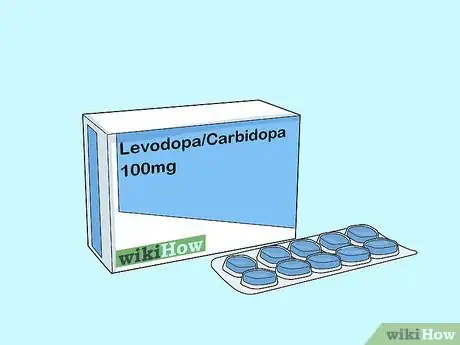


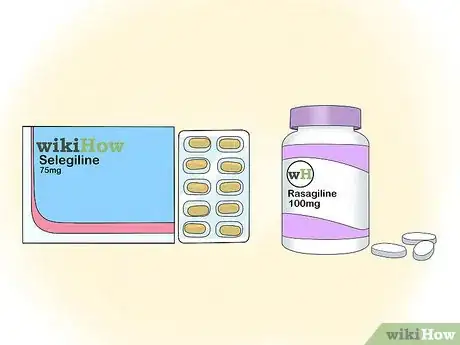






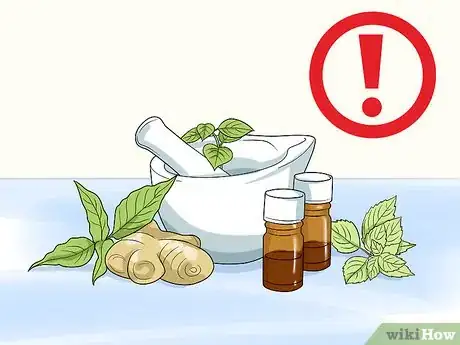
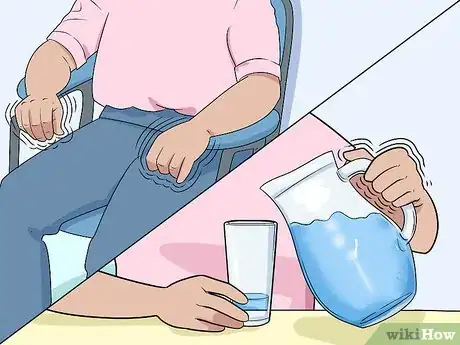
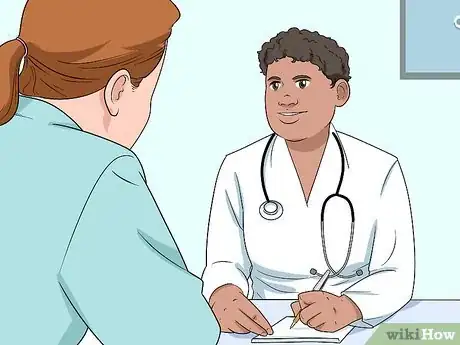


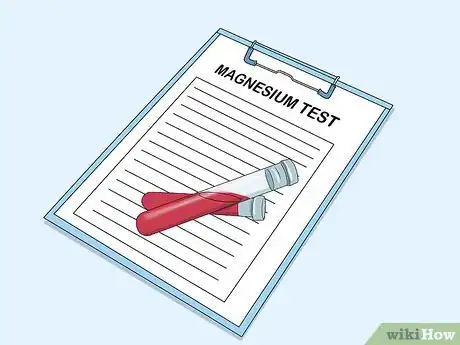
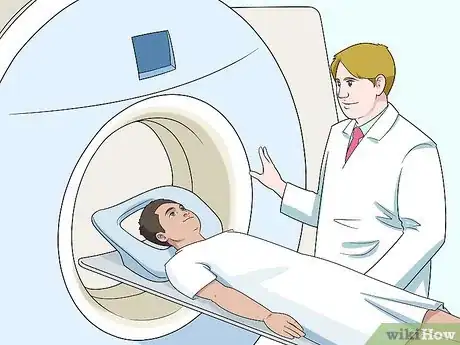
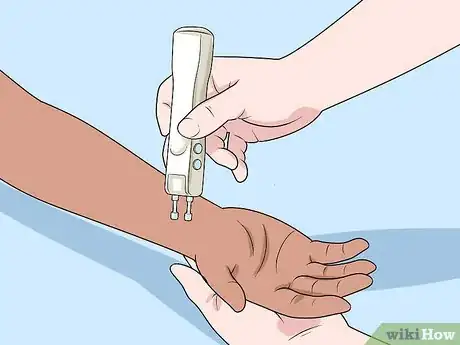


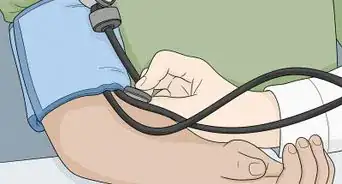






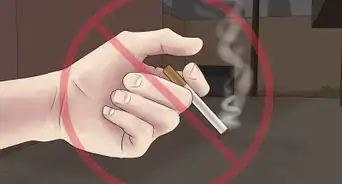

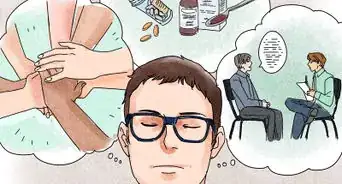










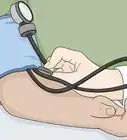





































Medical Disclaimer
The content of this article is not intended to be a substitute for professional medical advice, examination, diagnosis, or treatment. You should always contact your doctor or other qualified healthcare professional before starting, changing, or stopping any kind of health treatment.
Read More...